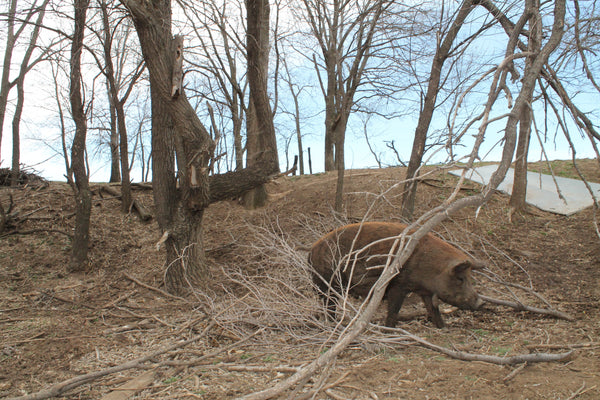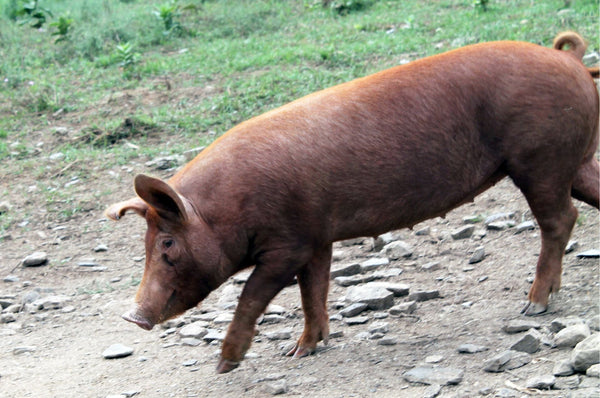
For the past 20 years journalists have supported the movement to preserve biodiversity on family farms, including heritage breed livestock and poultry. We are proud to share this list of articles about the Heritage Foods network over the years. Heritage Foods is not just a business, its a movement with a mission! 100% of what Heritage Foods sells come from 100% heritage breeds with genetic roots that can be traced to before the Industrial Revolution and the advent of factory farming that forever changed the biology of almost all livestock!

Across cultures and time, the breed of pig that today goes by the name Red Wattle, but which has existed in some form for centuries by other names, has been taken around the world by foot, boat, train, and truck! Red Wattles are known for their hardiness, foraging activity, and rapid growth rate, but many pigs boast these traits. What was it about this pig that made it such a celebrity?

The Tamworth is a rare breed of pig that came to the Americas in the 1800s after centuries living in the forests of Ireland where they were known as Irish Grazers and in England where they foraged in woods of oak and beech. Over time the breed developed attributes that would enable it to function well in these challenging terrains. High legs and good athletic ability came in handy when navigating the undergrowth. Long faces and snouts were built to root and find food. Even the traditional Tamworth today remains high energy, alert, and sensitive to flight instincts, as if they are operating on a higher gear than other pigs. Considered “deep sided pigs,” Tamworths have been celebrated for centuries for producing delicious bacon.
© 2025, Heritage Foods Powered by Shopify
